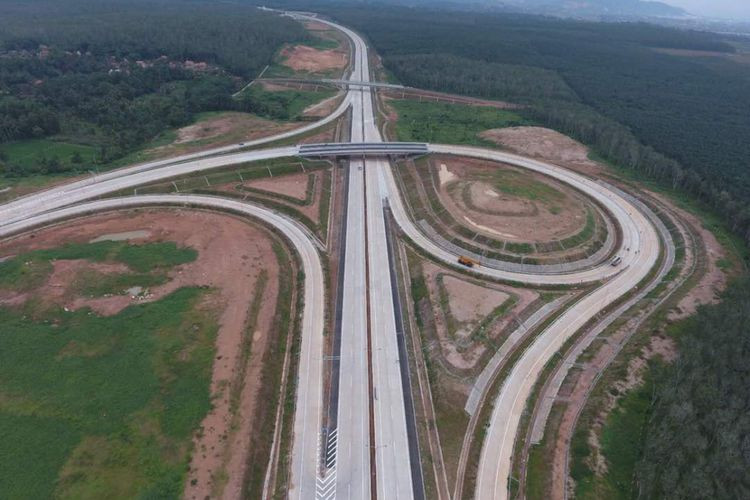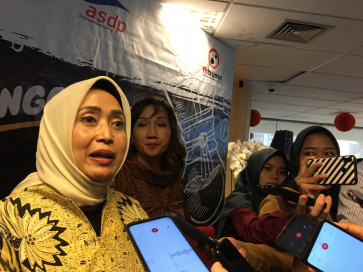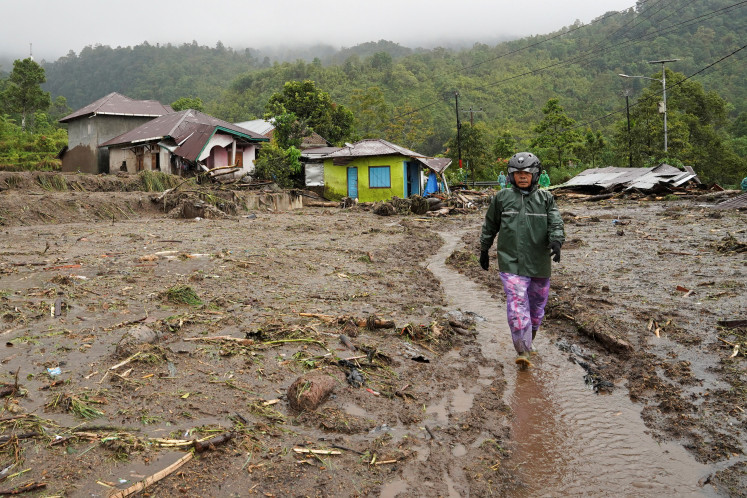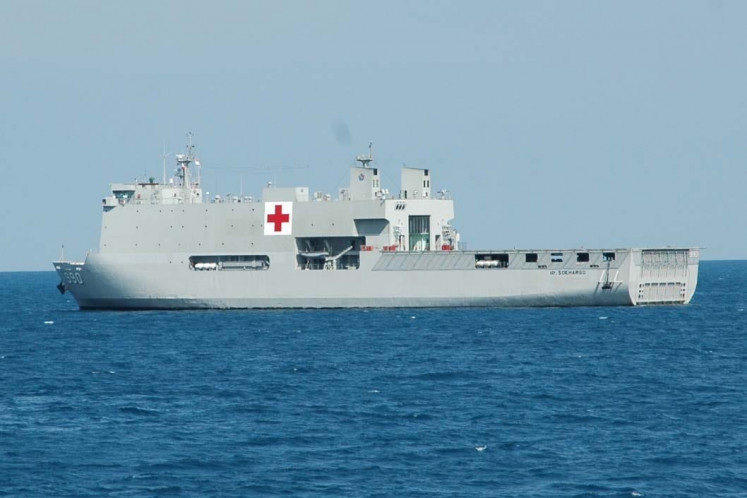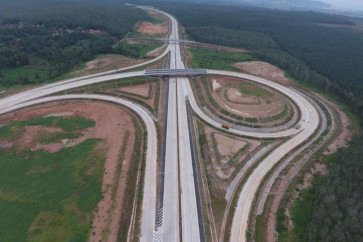Popular Reads
Top Results
Can't find what you're looking for?
View all search resultsPopular Reads
Top Results
Can't find what you're looking for?
View all search resultsInfrastrucure, human resources highlight 2020 state budget spending
The budget allocation for education is projected to rise by 5.7 percent yoy to surpass the half-a-quadrillion mark, totaling Rp 505.8 trillion.
Change text size
Gift Premium Articles
to Anyone
T
he 2020 draft state budget unveiled by President Joko “Jokowi” Widodo during a House of Representatives (DPR) plenary meeting last Friday highlighted his commitment to continuing to improve the country’s infrastructure and human resources.
The government’s total expenditure is projected to reach Rp 2.52 quadrillion (US$177.31 billion) in the 2020 draft state budget, up 7.9 percent from Rp 2.34 quadrillion in 2019. About 70 percent of the funds will be spent by the central government while the other 30 percent will be transferred to regional administrations.
Of the total, the budget allocation for health care is projected to increase by 13 percent year-on-year (yoy) to Rp 132.2 trillion in 2020, most of which will be used to strengthen preventive healthcare programs through the healthy lifestyle movement (Germas) and to strengthen early childhood health programs to fight the prevalence of stunting, among other priorities.
The budget allocation for education, which accounts for 20 percent of overall spending as required by law, is projected to rise by 5.7 percent yoy to surpass the half-a-quadrillion mark, totaling Rp 505.8 trillion, driven by the government’s initiative to extend the Indonesia Smart Card (KIP) program to the tertiary education level as well as the establishment of several endowment funds, such as research endowment funds and cultural endowment funds, among others.
The budget allocation for infrastructure development, meanwhile, is projected to increase by 4.9 percent – the highest increase since 2017 – to Rp 419.2 trillion.
University of Indonesia (UI) economist Ari Kuncoro said the spending allocations proposed by the government in the 2020 draft budget reflected that the government was still keen to spend big on infrastructure in addition to human resource development next year.
“We cannot lower infrastructure spending. It is very important because it can generate [multiplier] effects for the people,” said Ari, adding that Indonesia still needed more rural roads to connect toll roads to villages to open up new sources of economic growth.

